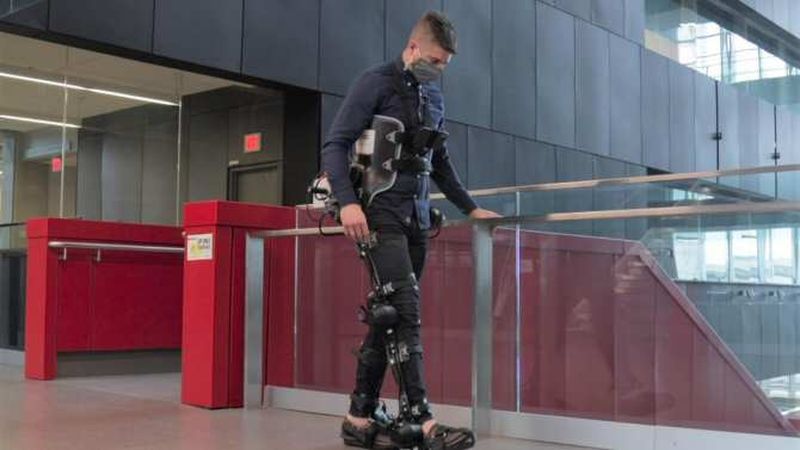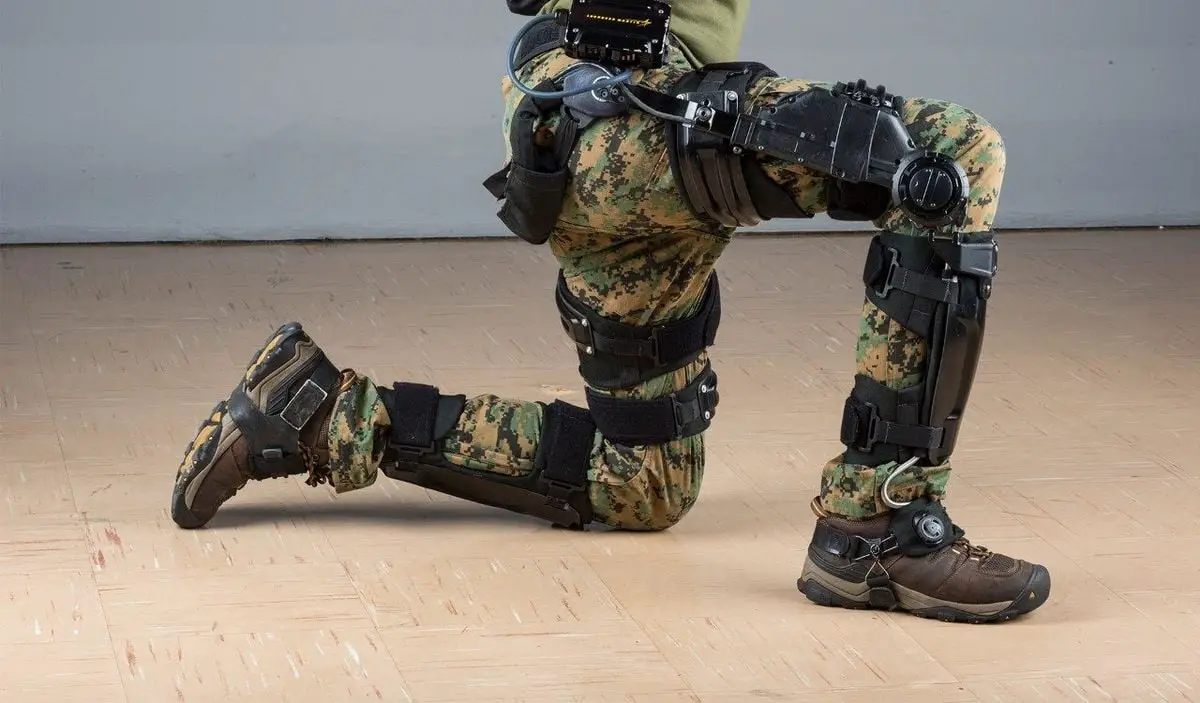Exoskeletons with motor-driven leg modules have been available for some time now, but users must control them manually via smartphone apps or joysticks.
So every time a person wants to perform a new locomotive activity while wearing an exoskeleton, they have to stop, pull out their smartphone and select the desired mode. To address that limitation, Brokoslaw Laschowski of the University of Waterloo in Canada and his colleagues equipped some exoskeleton users with wearable cameras and are now optimizing artificial intelligence software to process the video signals. With thie optimization, the exoskeleton’s control system can accurately recognize stairs, doorways, and other features of the environment.
The goal of the project, called ExoNet, is to achieve robotic exoskeletons and leg prostheses capable of thinking and making decisions on their own.
The next phase of the ExoNet project will work on automatically sending instructions to motors so that robotic exoskeletons can climb stairs, avoid obstacles or perform other appropriate actions based on analysis of the user’s current motion and the nearby terrain, without inescapably relying on the user.

“Our control approach would no longer insurmountably require human thought,” Laschowski stresses. “Just like self-driving autonomous cars, we are designing exoskeletons and prosthetic legs with full autonomy, capable of walking on their own.”
The researchers are also working to improve the energy efficiency of the motors in the exoskeletons and robotic prostheses. The key to their design approach is to use human movement to automatically recharge the batteries.





